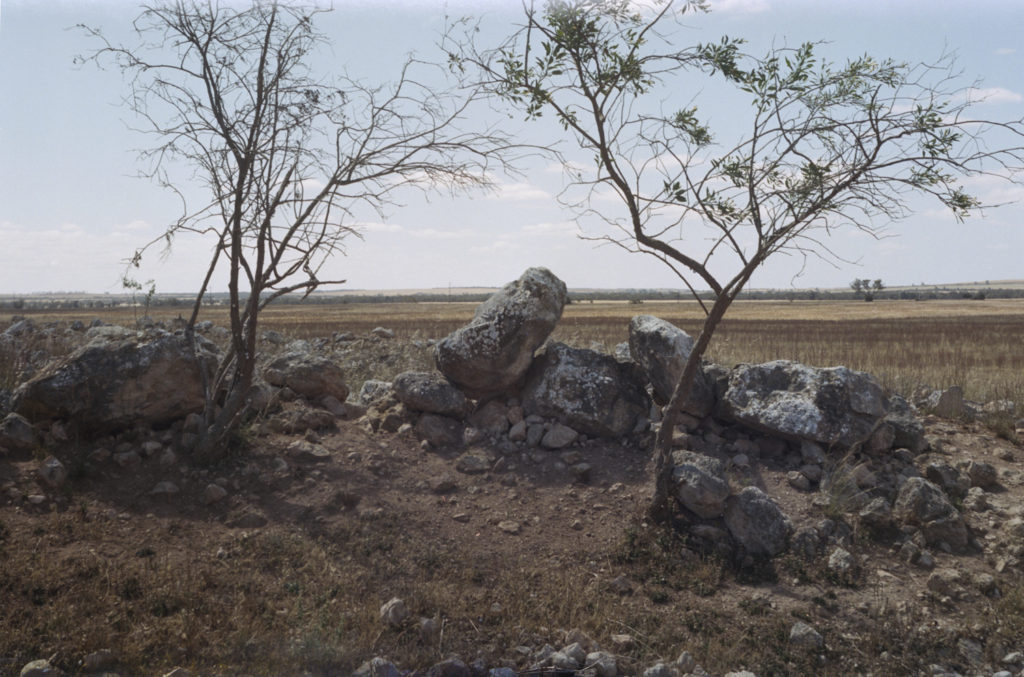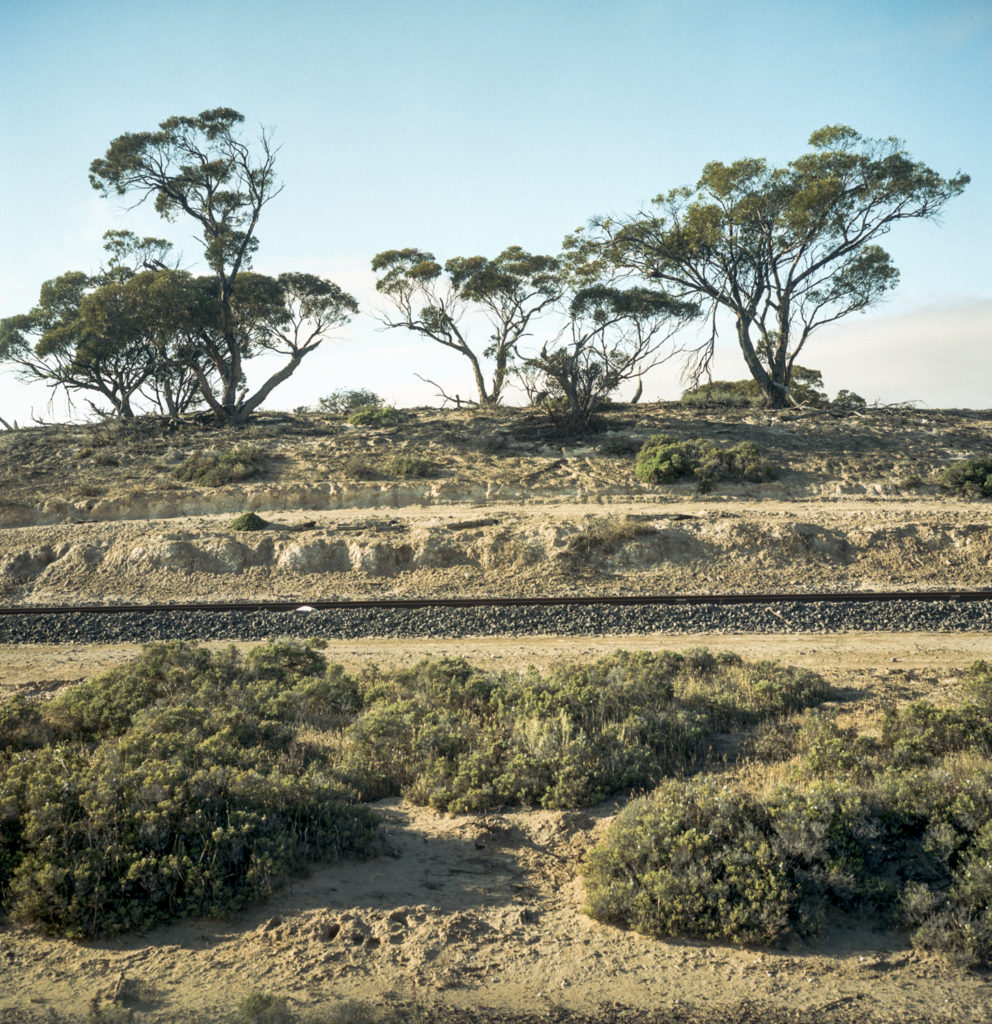The second exhibition of the Mallee Routes project is coming up. It will be at the Swan Hill Regional Art Gallery from 23rd of March to the 6th of May 2018. The exhibition represents new work, namely work that has been made by Eric Algra, Gilbert Roe and myself since our initial exhibition at the Atkins Photo Lab’s gallery in late 2017.

The Swan Hill exhibition will include a historical dimension in that there will be a section of photos of the Mallee that were taken prior to our project. This will be a section of photos that I have come across in my research and posted in the history gallery on the website. This historical dimension is designed to indicate that there is a photographic culture with respect to photographing the white settler’s history of the Mallee.
This photographic culture has been forgotten and it exists and languish in the various archives of state and national libraries and in some of the local councils. A historical dimension to the exhibition aims to counter a historical amnesia that often leads to a series of perpetual presents and an historical illiteracy. Memory is necessary in so far as we need to know who we are, if we have any hope of knowing where we are going.
The dominant settler understanding privileges the perspectives of the colonisers in the writing and celebration of Australian history, especially those moments in history where first encounters or intercultural relations between Indigenous and non-Indigenous Australians in the Wimmera Mallee; or how these have been narrated and problematised with the benefit of hindsight and contemporary understandings. The white settler view is still the dominant view, namely that European occupation of aboriginal lands was justified by the overriding economic good of developing land for grazing stock (pastoralism) and agriculture in the latter part of the 19th century.

Maybe the historical section of the exhibition will help gallery visitors to question photographic representation and historical narratives of these semi-arid landscapes of the Mallee Lands and to realise that history is as much about remembering the traumatic past as it is about forgetting it. I have yet to come across any photos in the archive that deal with this kind of past; ones that could help to provide a crucial way in which the pioneer settler pasts are talked about, written and lived.
There is a dark side to the settler’s dream. Though I do not know about the aboriginal/settler history of the Mallee, nor the oral heritage of Aborigines in the Mallee country of South Australia’s and Victoria, I assume that the middle of the 19th century was a brutal period of colonisation, violence and conquest as the white settlers wrested the land from the Indigenous Australians. I also presume that this involved punitive raids on aboriginal camps by the white settlers and the Border Policed that this was part of a war for the possession of the land. Aboriginal people lost the war.
A common or recurrent theme in contemporary Australian literature is the desperate attempt to heal the anxieties of (un)belonging that haunt settler culture. The ghosting metaphor is understood to refer to a sort of unfinished business in that discarded or suppressed fragments of the past have a tendency to return as ghosts to haunt individuals, communities and the nation. So we have attempts to spell out the trauma and anxieties of (un)belonging that haunt settler culture as a result of the belated and painful revelation of Aboriginal dispossession and genocide.

